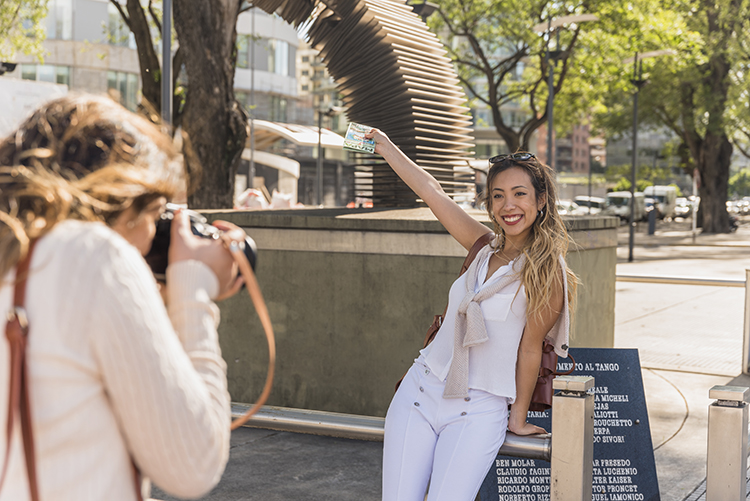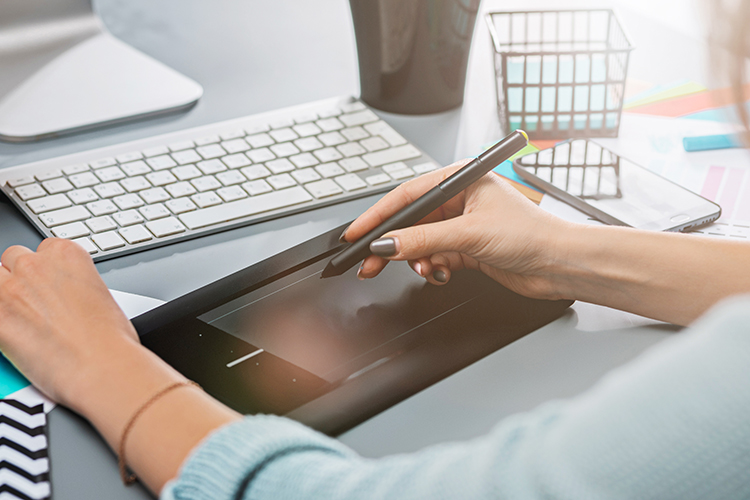Editorial Photography: Beginner’s Guide to Get Started

It won’t be wrong if we say that editorial photography is the most common type of photography in our day-to-day lives. No doubt, personal portraits, family portraits, lifestyle photography, etc. are closely connected with our life. But they don’t show up in front of our gaze every day rather we view these categories when we urge or need them.
Editorial photography unlike the other genres of photography appears in front of our sight multiple times daily. When we get up in the morning, the first task that many of us do is open the newspaper. This automatically lets us spot several photographs related to different categories.
As time progresses in a day, we open magazines to read articles and catch sight of different types of photos. Some of us prefer going through news articles from online news portals and magazines.
What is Editorial Photography?
Before we cut to the chase, it’s crucial to understand the concept first. Editorial photography is the images that show up along with texts in both online and print publications. Be it newspapers, magazines, or books, this photography is often visible in all these publications. It can also appear in blogs, documentaries, and presentations.
An editorial-style photoshoot is taken mainly to narrate a story. It can also be executed to consolidate the narrative of a text creating visual elements. The purpose of editorial photography is to illustrate, inform, and enlighten the masses about real-life issues, current events, and stories of human interest. One of the key aspects of this photography niche is it can’t be used for promotional purposes.
Beginner’s Guide To Editorial Photography
Now, we will walk you through some of the fruit-producing tips and tricks to develop editorial photography skills. Whether you are a newbie or an adroit editorial photographer, these guidelines will surely help you to nail your project.
Let’s get started……
Go through the Article of your Project if Any

Your main aim to shoot for editorial photography is to complement the article of your project. Therefore, it’s very important to comprehend the focal point of the writer. Is he focusing on the location, person, or item? This is something you can fathom well if you take a quick look at the article.
After you are done with reading, you can visually set the tone of your shots at ease. For example, if the writer mentions a car in his article, you can start imagining the car’s location and better fix your mind about your photography.
Leverage a High-grade Camera and Lens

Shooting editorial photography requires you to have a well-equipped gear set-up incorporating a top-notch camera, a powerful camera lens, and a tripod. Pick a full-frame DSLR camera so that you can deploy different types of lenses on the camera and get a solid depth of field.
A high-end camera from Nikon or Canon will cost you something between $2000-$4000. The price may seem high but it will come off once you nail a few of your photography projects. When it comes to lenses, you can avail of a 75mm f/1.8 or 45mm f/1.8 prime lens as both of them are compatible with any kind of setting.
Focus on Creating Unique Story Concepts

If you want to stand out as an editorial photographer, there isn’t any alternative to creating a spellbinding story through your shots. Your clients look for unique and engaging story concepts from your photoshoot. If you can offer them uniqueness, consistency, and charm through your shots, they won’t bother hiring you without a second thought.
So, ponder over the series of images that you will shoot to formulate the story, reflect on the subject as well as the setting regarding how it can get interesting, and go all the way to developing a scintillating story.
Be Mindful of the Orientation

Most editors visualize how their editorial content will look in newspapers or magazines with the combination of both texts and images. So, you should ask your client about the orientation preference of the photoshoot. Having said that, don’t hesitate to take shots both horizontally and vertically.
Try to know if the story text will overlap with the photo as it will help you to set your background properly. In case it overlaps, leverage a sharp background to get the focus into the text. Another key point is the position of the text which you may not know. So, shoot the subject looking both right and left.
Don’t Ignore Bleed Room

In magazines, we normally see the photographs taking up the whole page and that’s why you require bleed room. If you don’t provide bleed room, the subject may get trimmed off making the shot unworthy of magazine publication and it will be thrown away.
That’s why to take a step back before taking the snap and maintain an extra space along the sides. This will enable you to end up taking an expansive shot and it can be easily usable in the magazine or for other purposes.
Show Punctuality and Sincerity

As a professional editorial photographer, you have to always show an extra bit of seriousness to catch your client’s attention. No doubt, you have to juggle several assignments at once as part of your job. What’s important here is to meet the deadline for your project.
Most clients focus highly on time so if you can deliver the project on time, you can create a pretty good impression in their minds. That’s how you can be a reliable editorial photography service provider.
Don’t Overlook Model Selection

If your job involves a model, you are likely to get access to the database of any particular modeling agency. Be mindful of model selection as all types of models won’t fit with your editorial story. Most of us fancy seeing young girls but a magazine’s readership may ask for a different type of model.
You have to pick and choose your model based on the assignment you get and the magazine readership as well. Additionally, you can ask stylists and make-up artists to apply necessary cosmetics on the model too for enhancing your shots.
Utilize All the Available Options while Taking Shots

Now, it’s time to take snaps and you have to be meticulous while you do that. Position yourself properly and acclimatize yourself with the surrounding environment. No doubt, you will encounter many drawbacks and challenges when you gear up to shoot photography.
For example, you may not get the required amount of natural light that you will fancy. But you have to tackle these issues in alternative ways so that they don’t impact your photography. Also, you can use different camera angles to capture the best shots.
Retouching Editorial Shots is Vital

You might have taken all the precautions to shoot mesmerizing photography. But slip-ups are bound to happen as you are a human being. But that doesn’t mean you should hand over the shots directly to your client without post-processing. Your clients are anticipating well-executed and well-processed shots from you to publish in a magazine, newspaper, or any other media.
What you can do is, you can take advantage of a professional photography post-production service provider. They can upgrade and compose your photography as your clients wish. Even you can enhance the shots by leveraging top photo editing software like Photoshop, Lightroom, etc.
Finally, Wow the Models and Related People Giving Free Images

After the publishing of the editorial, publishers don’t give anyone access to the photographs for the first 60-90 days. But if you are the copyright owner and you should be the photographer of these shots, you would love to sell those images either to the subject or others involved with the project.
Know the purchasing price for one image or the entire session along with the price of marketing usage. Don’t hesitate to give complimentary images to people you think you may work with in the future. You are also likely to meet the same models again and again so offering them free images will be worth it too.
Final Thought
We shared with you effective tips to nail editorial photography. But is it worth choosing the niche as a career? And how about the income? Well, no doubt, this is one of the mind-blowing niches of photography. If you have a passion for it, you should surely go for it.
When it comes to income, editorial photographers mainly earn through freelancing and contract which means they earn as per the number of jobs they get. So, their income depends basically on the budget of their clients. But on average, they earn USD 47,000 annually.
However, some editorial shooters raise their income by doing odd commercial projects along with their regular editorial shoots. This improves their financial status and aids them in having diverse skill sets as a photographer too.
That’s all in this write-up. Till we come up with another post, stay healthy, safe, and just chill!!! Don’t forget to visit our social media channels to learn about our regular activities.







